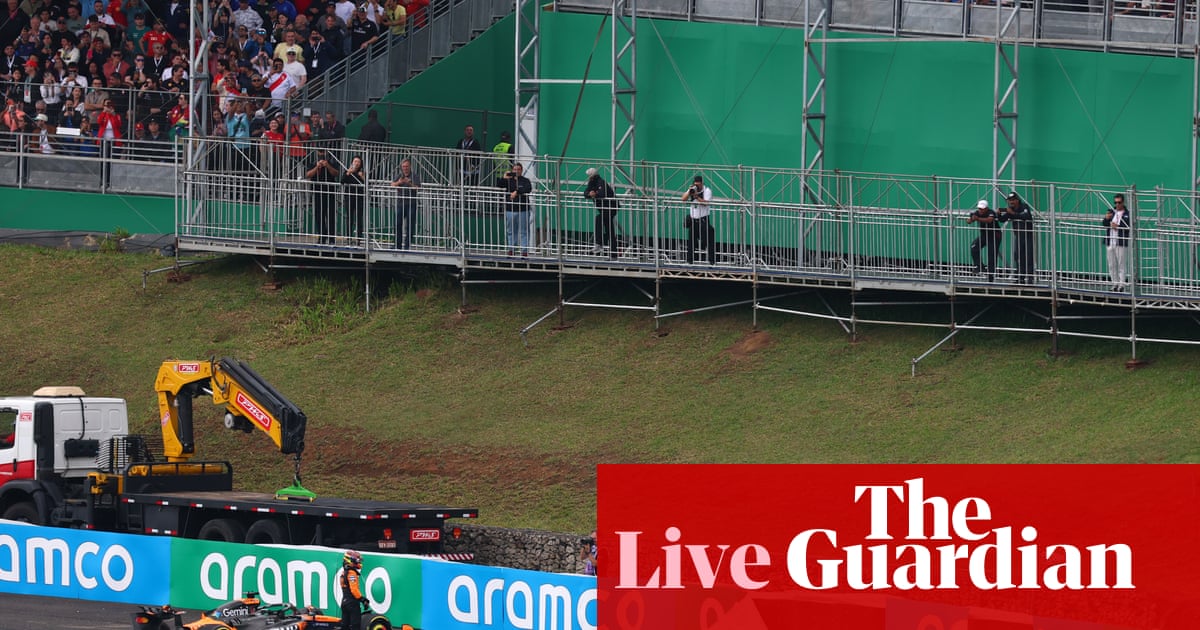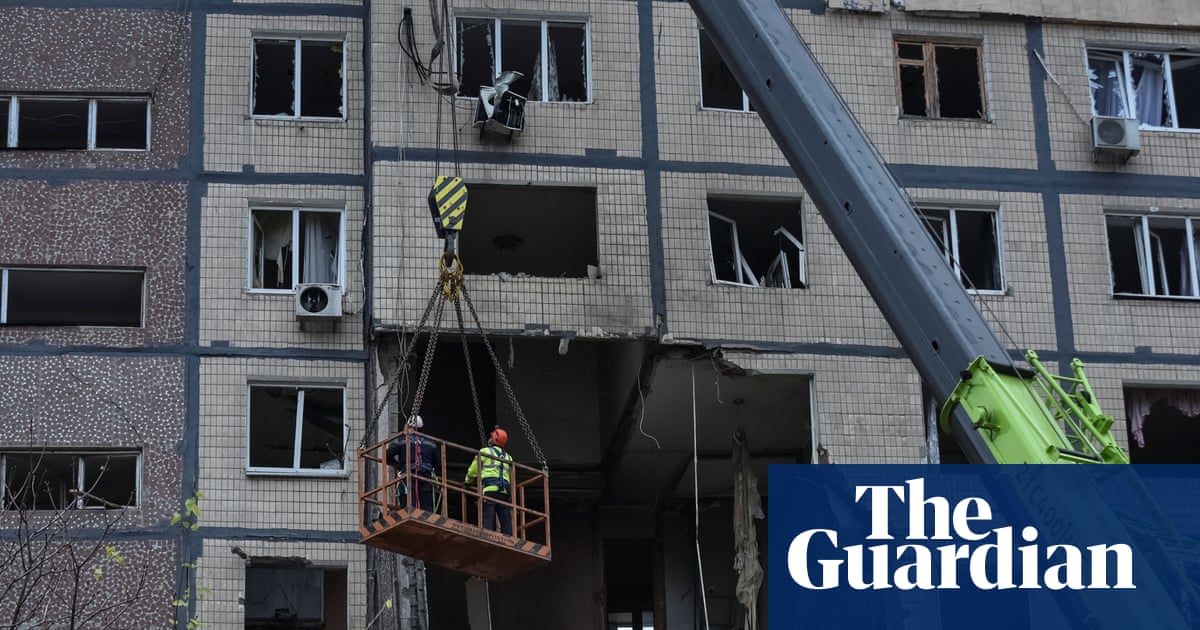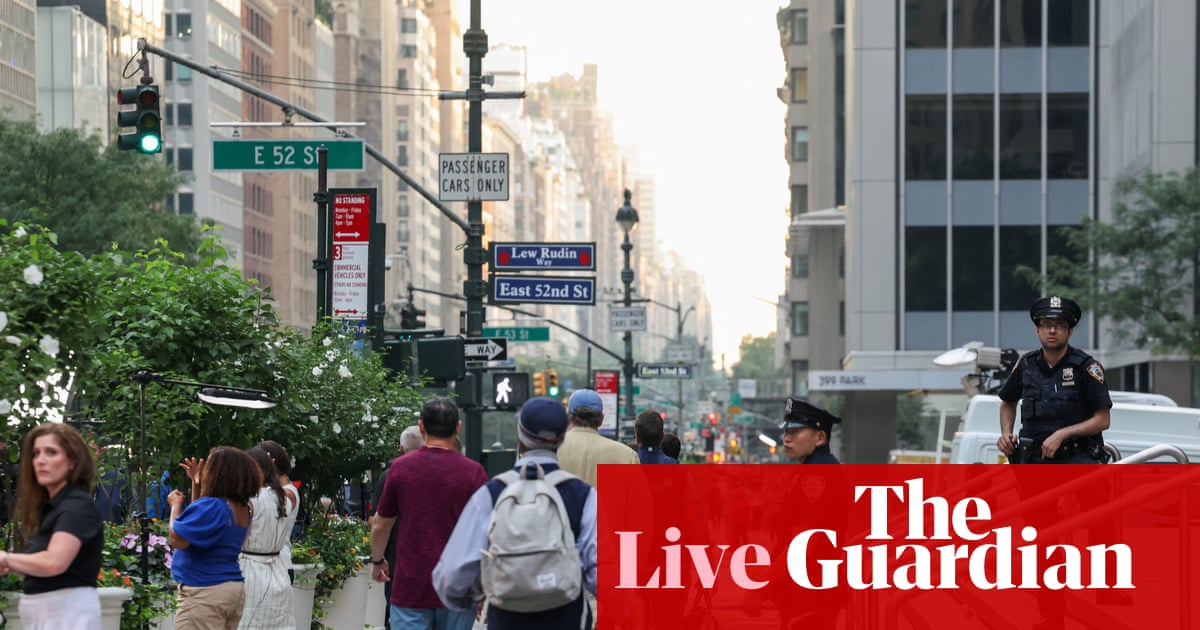Thousands of homes across England are being built without urgently needed community infrastructure, say councillors and campaigners, leaving families without access to playgrounds, schools, shops, and even doctors.
Even where provision is built, it can take years to come into use, the Guardian has been told.
Just outside the village of Cressing, in Essex, sits the Paddocks, a development of 225 new homes with a fenced-off playground, surrounded with signs warning “keep out” and “children are not allowed to play on this site”.
“It’s been three years since families moved in,” saysKevin Dale, a local campaigner. “And houses overlook an unfinished playground.” There are no shops, he reports, no nursery, and the recently planted trees have died.
At Westvale Park in Surrey, councillors took the drastic decision to put a stop order on the building of thousands of homes in order to make sure that a play area and local amenities were being provided.
“They were supposed to build shops, a community centre and playgrounds once it reached 600 homes”, Richard Biggs, the council leader, says. “But we were at over 1,000 homes and there was nothing.”
Steve Chambers, whose campaign group Transport for New Homes has been sending volunteers to visit housing developments around the country for several years, says: “We are building homes on the fringes of towns in places that have very little public transport, where teenagers have nowhere to go independently.
“Our volunteers saw developments with no corner shops or cafes, no sense of space.”
In the case of the Paddocks, built by Countryside Homes, which is owned by Vistry Group, it’s been a long and complex process. The project started building in 2021 but subsequently the local council, Braintree, took action against Vistry and Countryside because “it became apparent that the development was not being built in accordance with the planning permission”.
A new planning application to regularise what has been built was finally approved in March this year. The council said: “[We] are continuing to work with the developer to get the open space set out, including the play area.”
As well as a closed playground, Dale points out that “there is no shop, no nursery, no pub”.
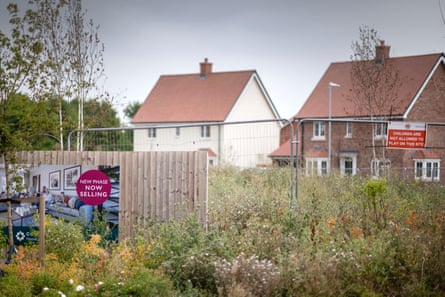
The developer, Vistry, points out that under its planning agreement it does not have to build a shop, pub or nursery. In relation to the trees that have died, it says this problem is “common in new plantings” and will be rectified at its expense.
The playground is due to open this summer, Vistry Group told the Guardian, but is closed “until surrounding landscaping is complete … [which] is subject to discharge of a planning condition which Vistry will continue to work in partnership with Braintree [local planning authority] to conclude”. The company also points out that changes after initial permission were “standard” and that, more broadly, it works according to the local plan. It added: “[The] local plan provides the framework for how the district will develop.”
At another development nearby, Silver End, a site of 350 properties built by Redrow Homes, James Abbott, a green councillor who has sat on his local planning committee for most of the past 26 years, says that pleas for a basic space for the community were turned down by the developers, despite locals offering to put in their own labour for free. “I asked them to give us just the shell of a building on the land that had been allocated for early years care. We had local tradespeople lined up who were offering to do the rest voluntarily; Redrow turned us down.”
The developer says that a building on that spot was not in the plan: “We purchased the site with outline planning already approved, which included £2.5m funding to support local infrastructure, but did not include a community centre. We discussed potentially amending plans with the local authority, but the decision was made to proceed with the original plans. The site has protected space left on it to build early years provision.”
Planning meeting notes show that Redrow offered a community hall as part of a renegotiation of the larger section 106 agreement, which the council turned down.
Where does responsibility lie for the problem? Abbott believes that developers have too much freedom. “Changes to the planning system made under both Conservative and Labour have put developers in an extremely strong position to build houses that maximise their profits and avoid building everything else.”
But in some cases the developer was not required by the local authority to supply community facilities as part of its planning permission: the economics of much-needed housing do not always allow it. And in others, applications were denied by local authorities because they did not meet the requirements, but the project was then given permission on appeal to the government.
There are many developers who go over and above in making sure that they are building livable, sustainable housing spaces, and who take their responsibilities extremely seriously. On Conningbrook, near Ashford in Kent, for example, Redrow is building new wetlands to protect the local special area of conservation from nitrates. As well as the £3.5m wetlands, the 725 home site will have 11 hectares of open space, including a village green and a community building.
But Chambers’s organisation has also seen developments where “vast spaces on new-build estates are given up to parking … this is the reason there is no space for anything else. In its report What is being built this year, volunteers visited 40 sites across England and fund: “Many greenfield developments are in poor locations for sustainable transport and are car dependent.”
Wherever your new home is, Chambers says, “You should be able to go out the front door, and know that there are local amenities to walk to, and ‘turn up and go’ public transport. The current planning system is not delivering this vision.”
Some local authorities have felt the only way to get what they need for their communities is take matters into their own hands to press developers to build what is needed for communities. At Westvale Park in Surrey, a development of 1,500 homes on what were once farmers fields near Gatwick airport, Katherine, a childminder, is pushing a toddler on the swings in the recently built playground, and has nothing but good things to say about living here. “Oh, it’s lovely, absolutely great for children, there are lots of playgrounds and it’s safe. It would be nice to have a shop though. At the moment you have to drive for everything.”
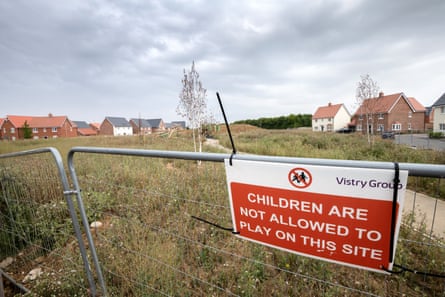
But if Reigate and Banstead council in Surrey hadn’t stepped in, there might have been nowhere to play and no hall being built.
In 2023 the council called a stop to building on the site because the developers had not built the promised playgrounds and community hall.
“There were rules about what had to be built at a certain point.” says Biggs. “So we had to put a stop order on them and that was a difficult decision.”
In doing so the council was risking the wrath of families desperate to move in and pressure from four of the biggest housebuilders in the UK. “We had families waiting to move in so I was getting unpleasant phone calls,” Biggs adds. “The developers weren’t happy.”
He says planning law must ensure vital community provision gets built along with houses: “Developers will concentrate on building houses first. So it’s important that the government recognises that we have to protect green spaces.”
The consortium of builders – Crest Nicholson, Persimmon, Taylor Wimpey and A2Dominion – was served a stop notice for “failing to deliver important community facilities to support the development and its residents in a timely manner”, and last summer an agreement was reached for the developers to put a series of bonds in place, totalling about £12m, which the council held to build the facilities if they weren’t finished to a new completion date.
The pause was lifted on 5 July 2024; several play areas are now open on the site but there is still no shop or an NHS GP surgery that was originally planned for. A spokesperson for the consortium said: “The final phase of the development, the Horley Neighbourhood Centre, will feature a neighbourhood hall, retail spaces, play areas and allotments. We expect to have completed all works by the end of 2026, in accordance with the revised programme timeline agreed with the council.”
A spokesperson for the Ministry of Housing, Communities and Local Government said: “We are committed to strengthening the rules on developer contributions so that developers deliver the required infrastructure faster as we build 1.5m homes through our plan for change.
“Developers are expected to provide infrastructure where this is needed to make a development acceptable, regardless of size.”
But campaigners and local councillors fear that, in the government’s haste to build new homes, vital provisions may be left behind. Biggs warns that further deregulation of the planning process has to leave protection for councils to hold developers to account.
“We need to keep the power to say ‘stop’. If we hadn’t stepped in I think we’d still be arguing now with the developers over when we were going to get these playgrounds.”

 3 months ago
140
3 months ago
140







